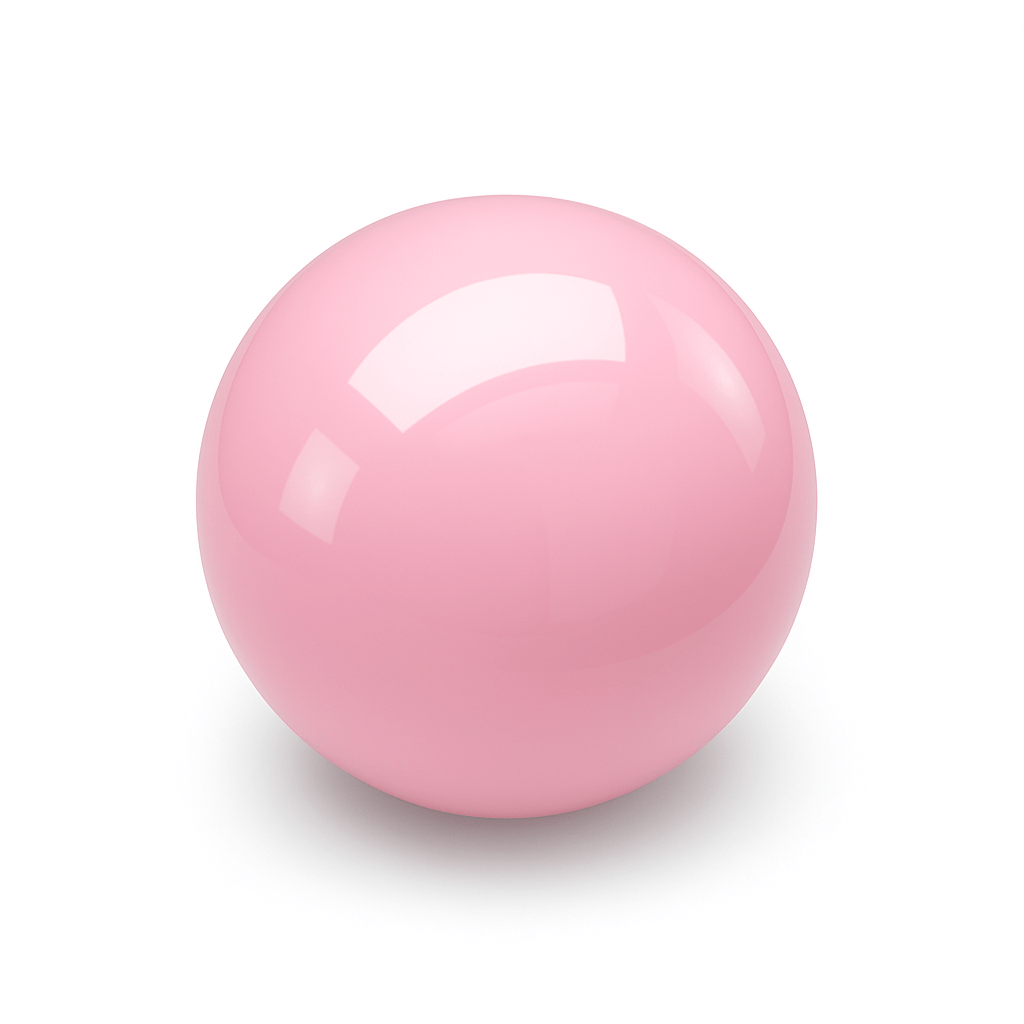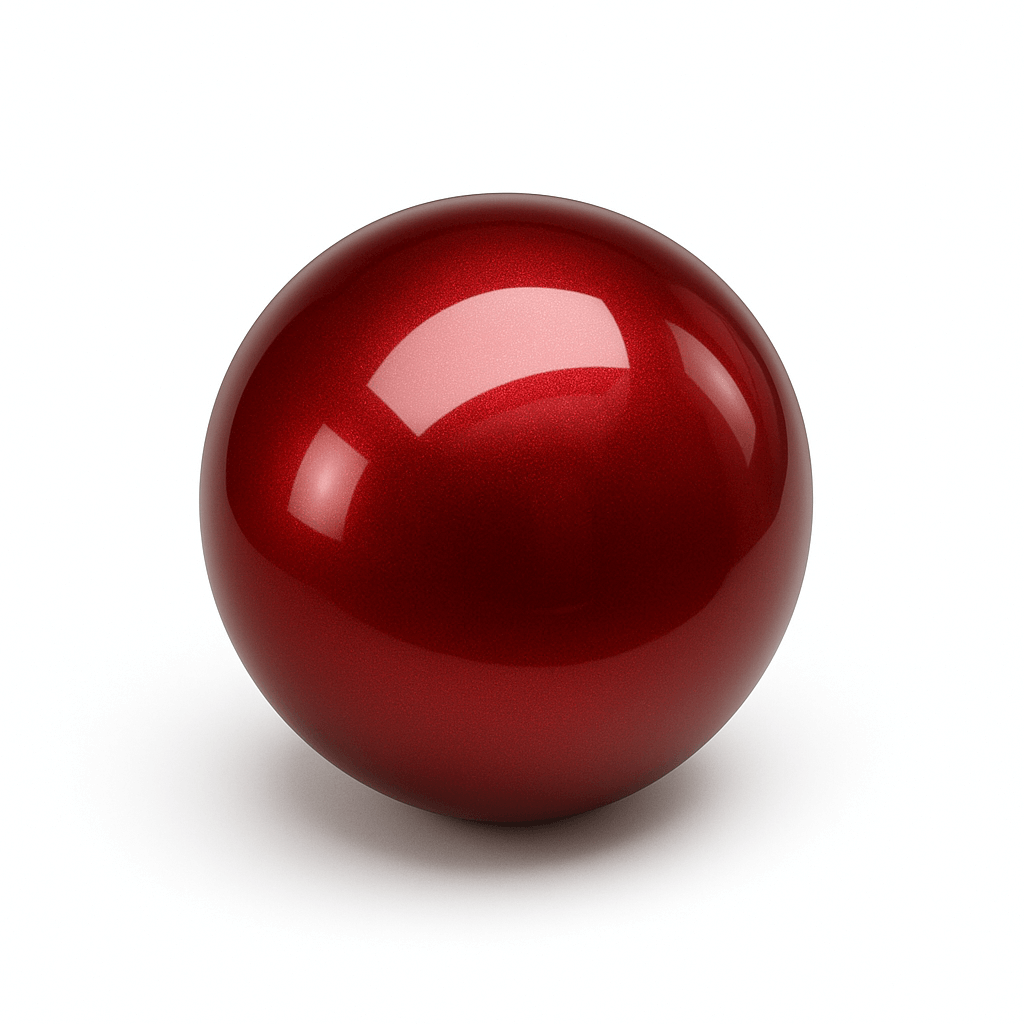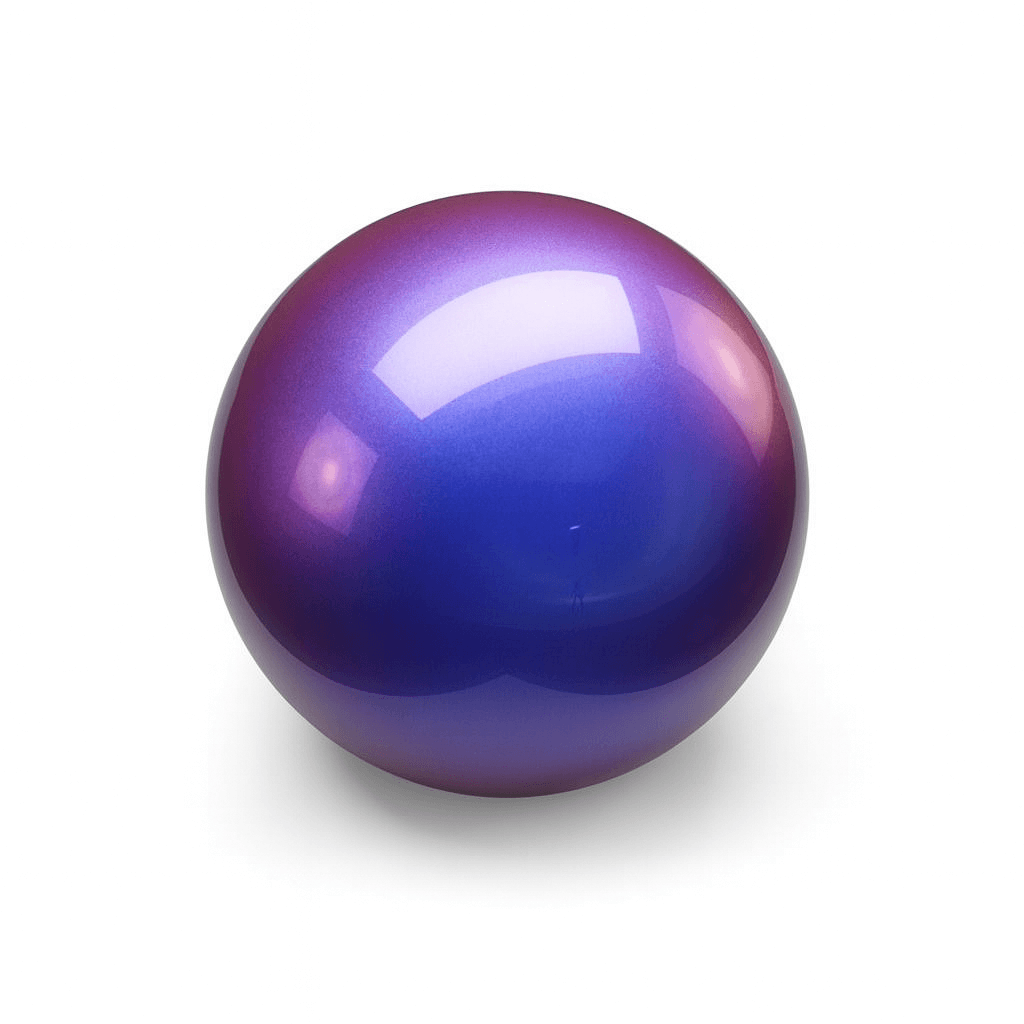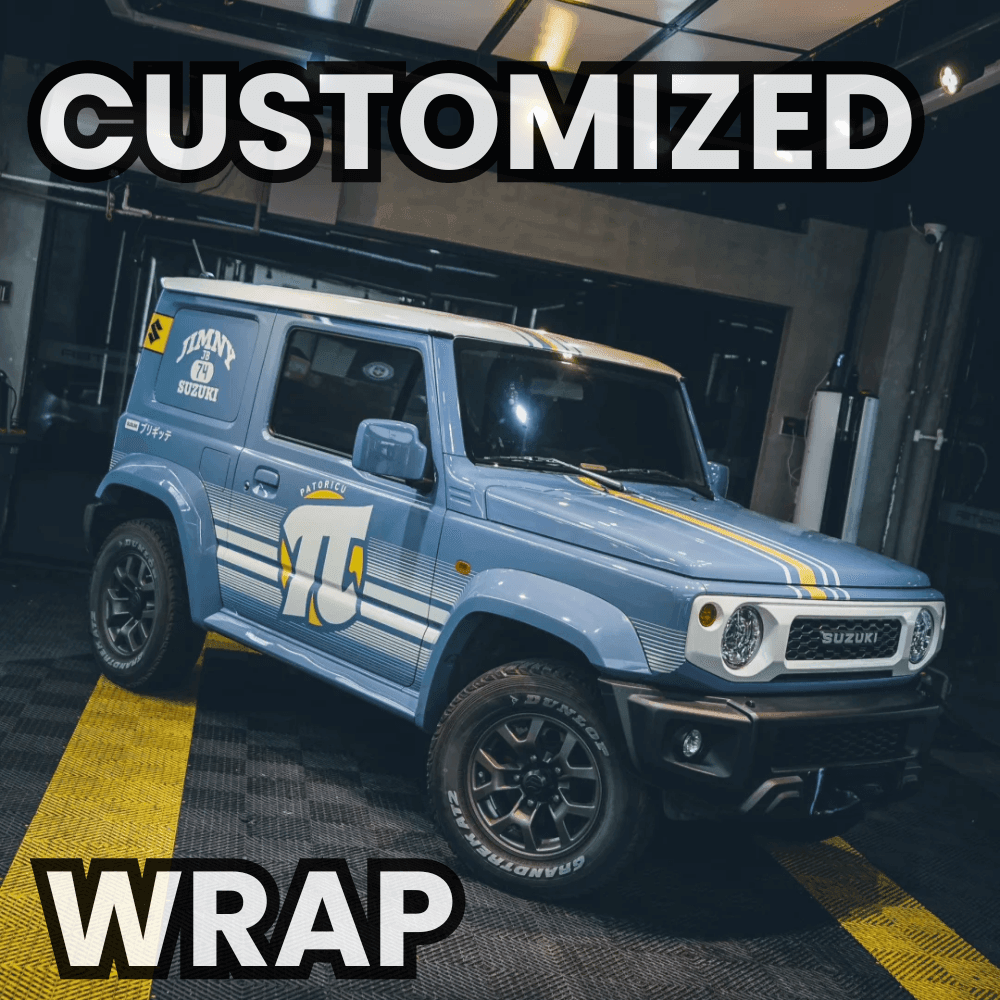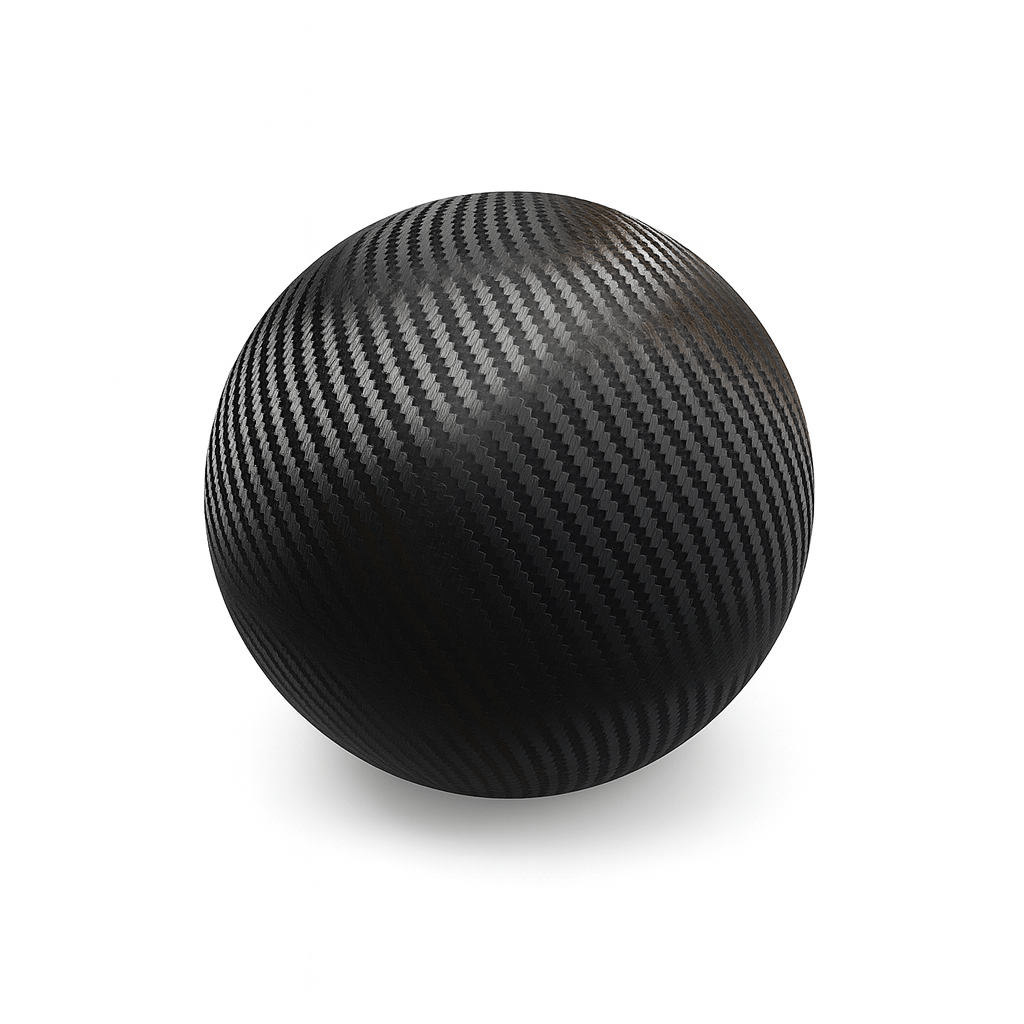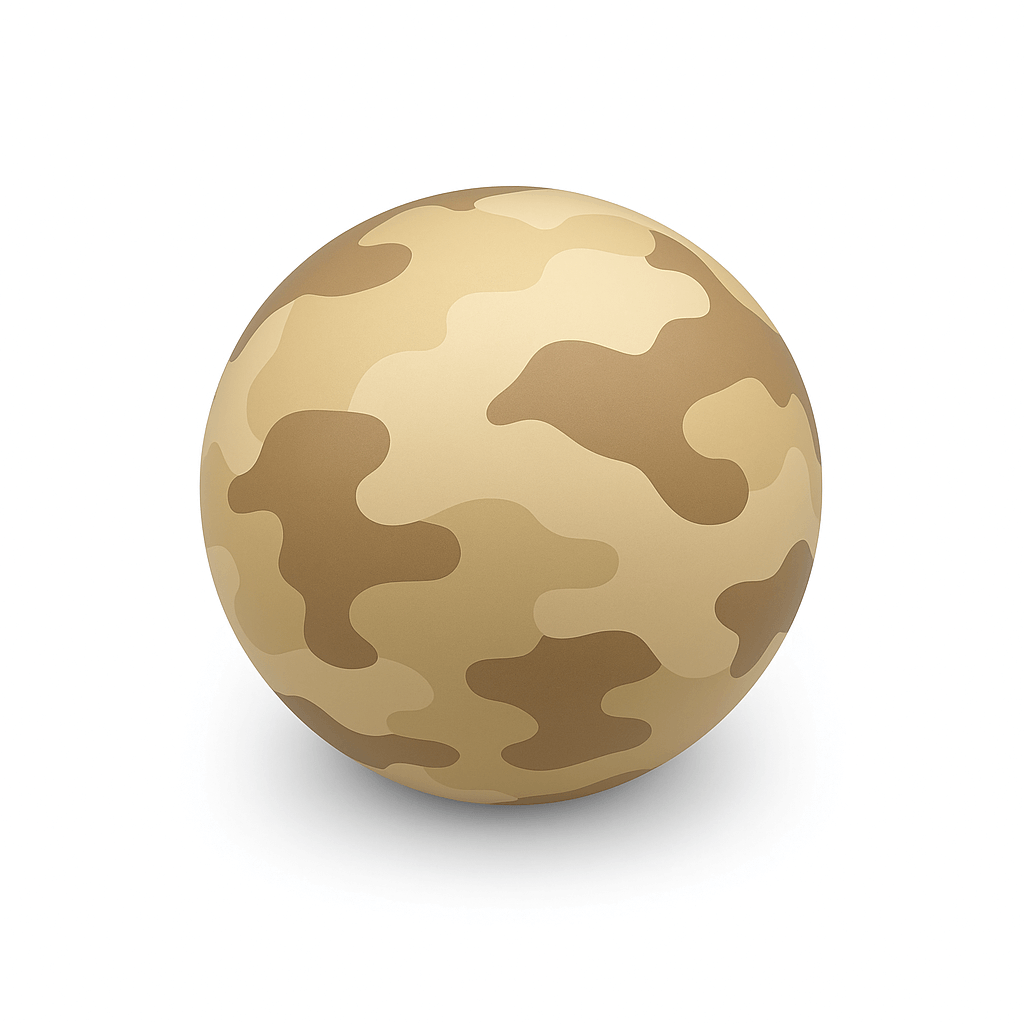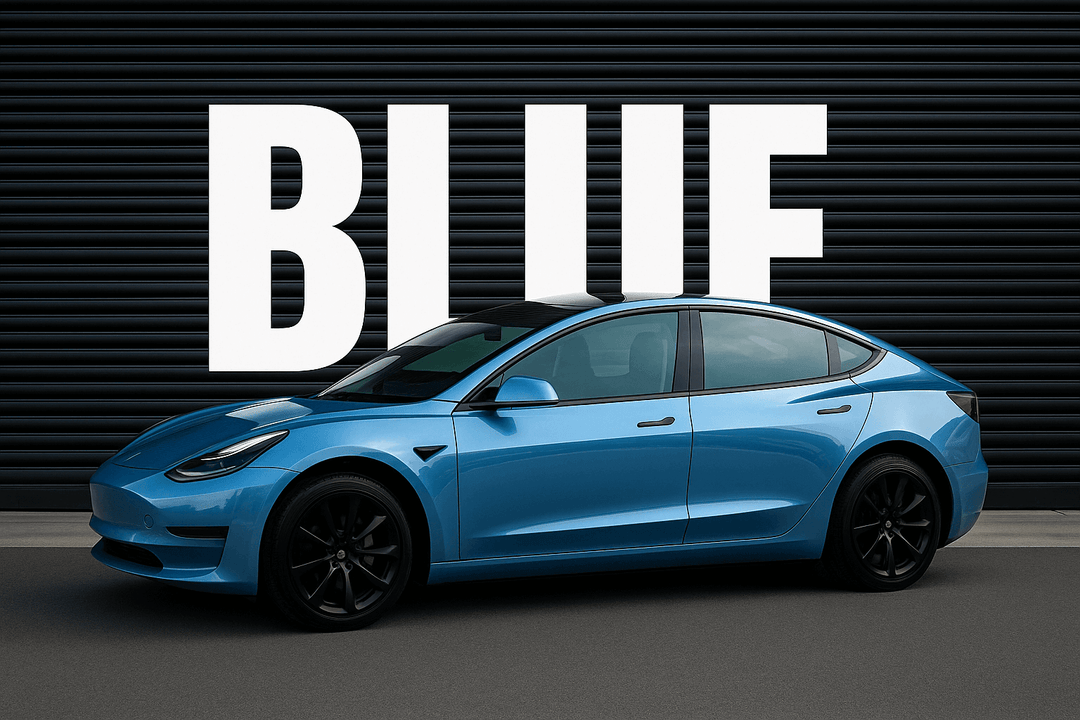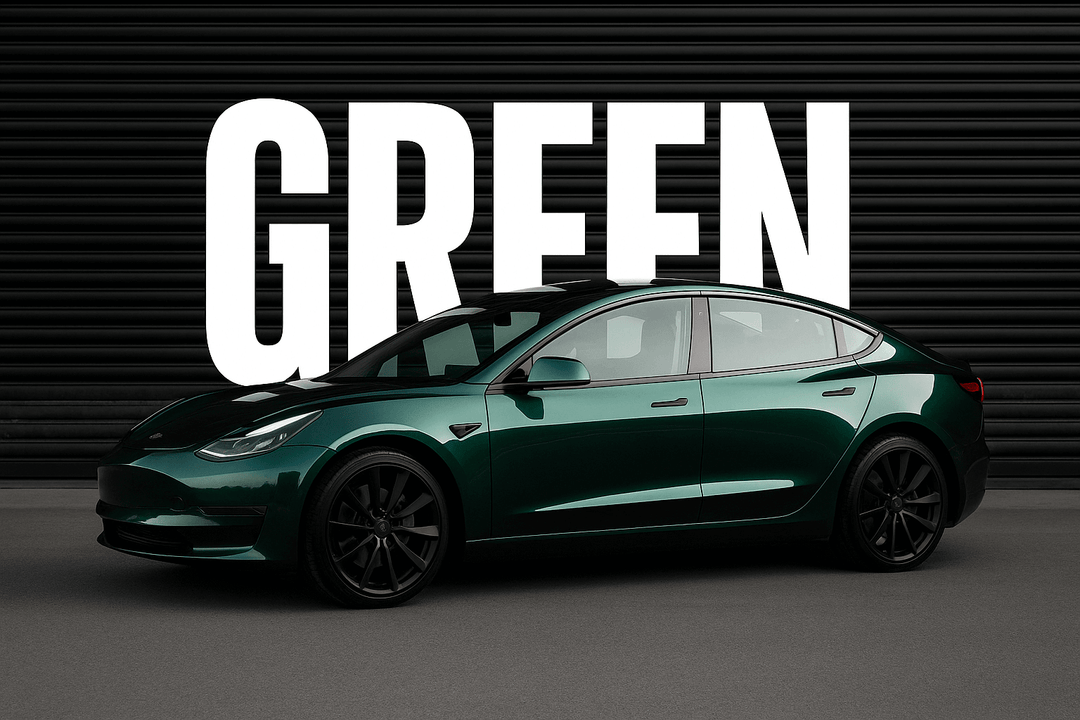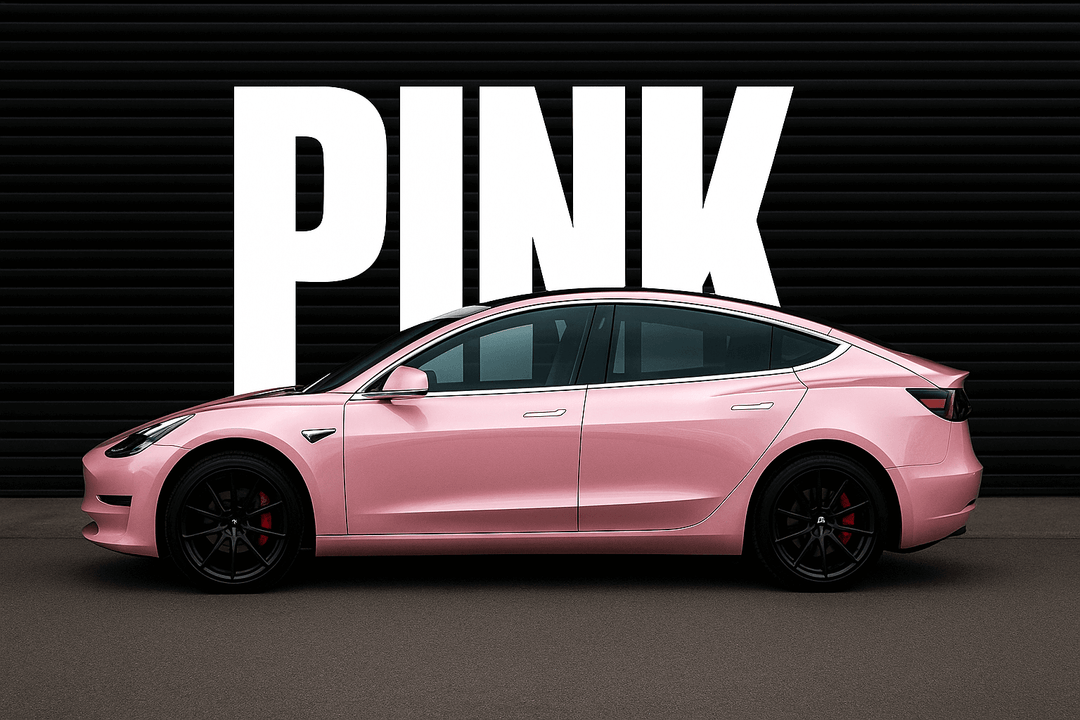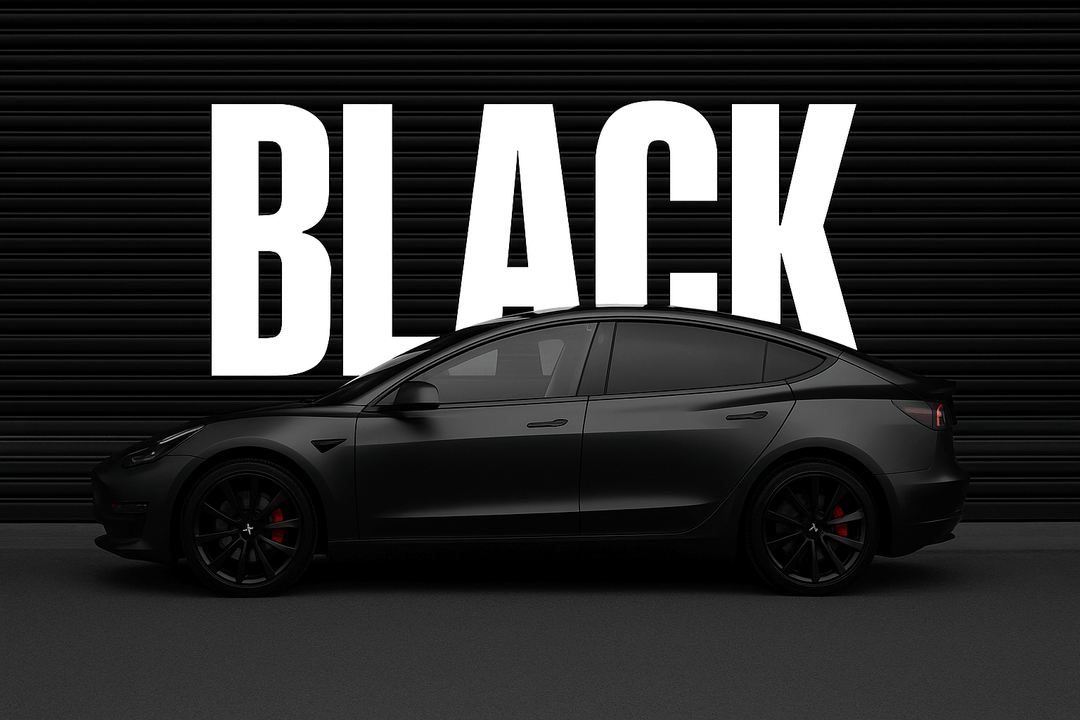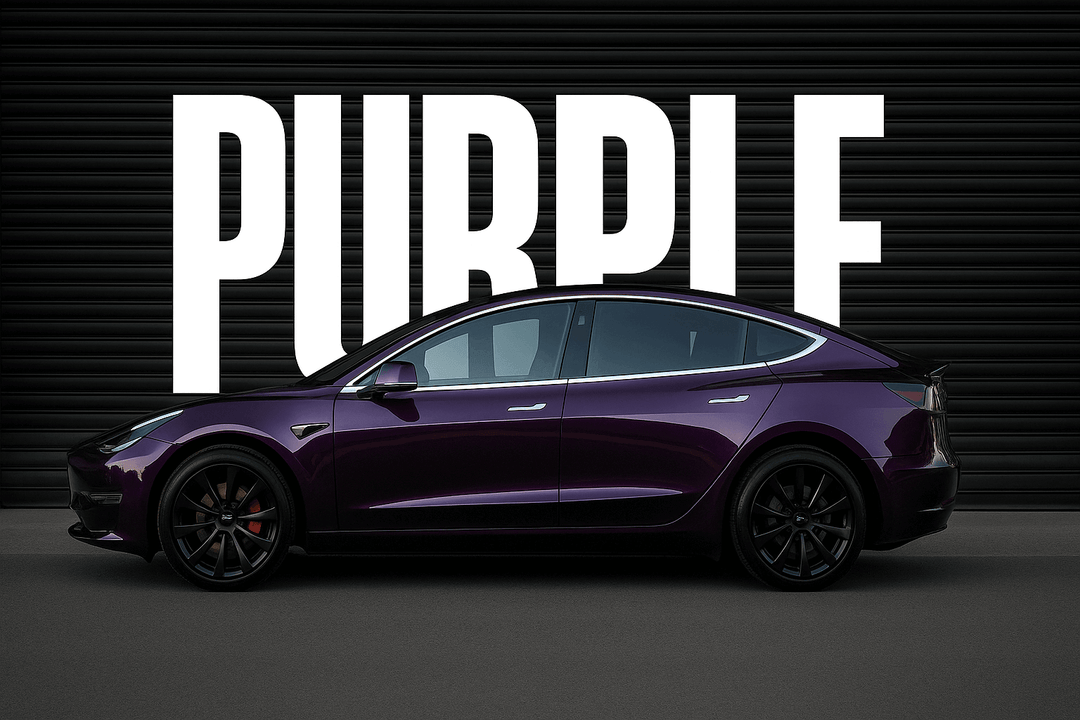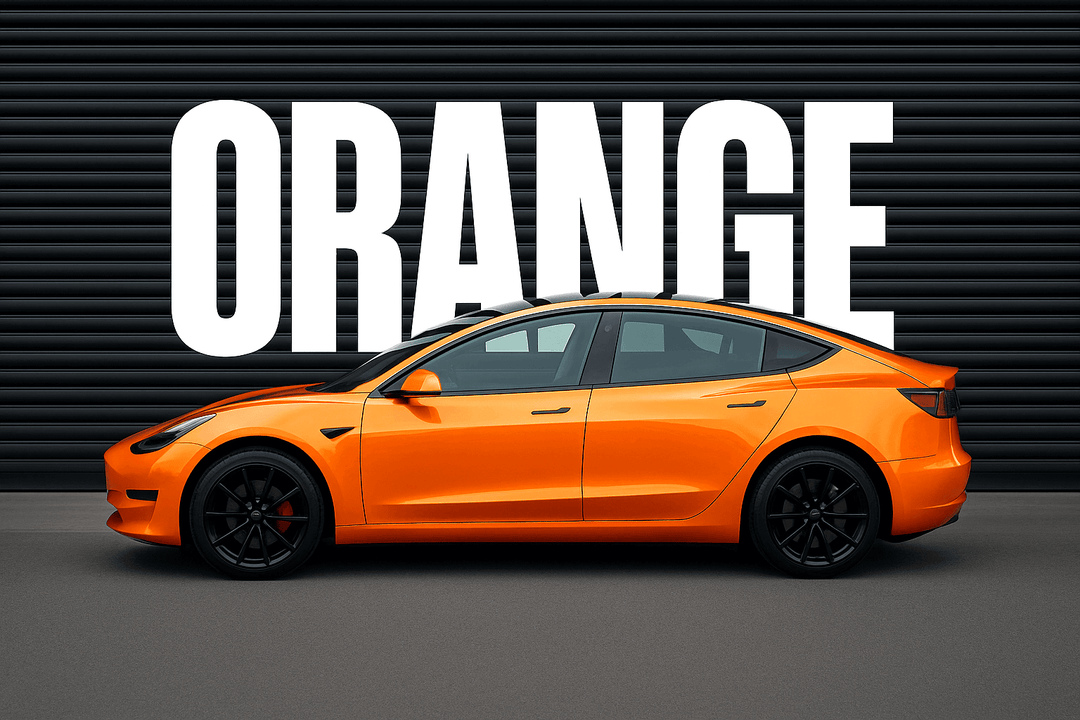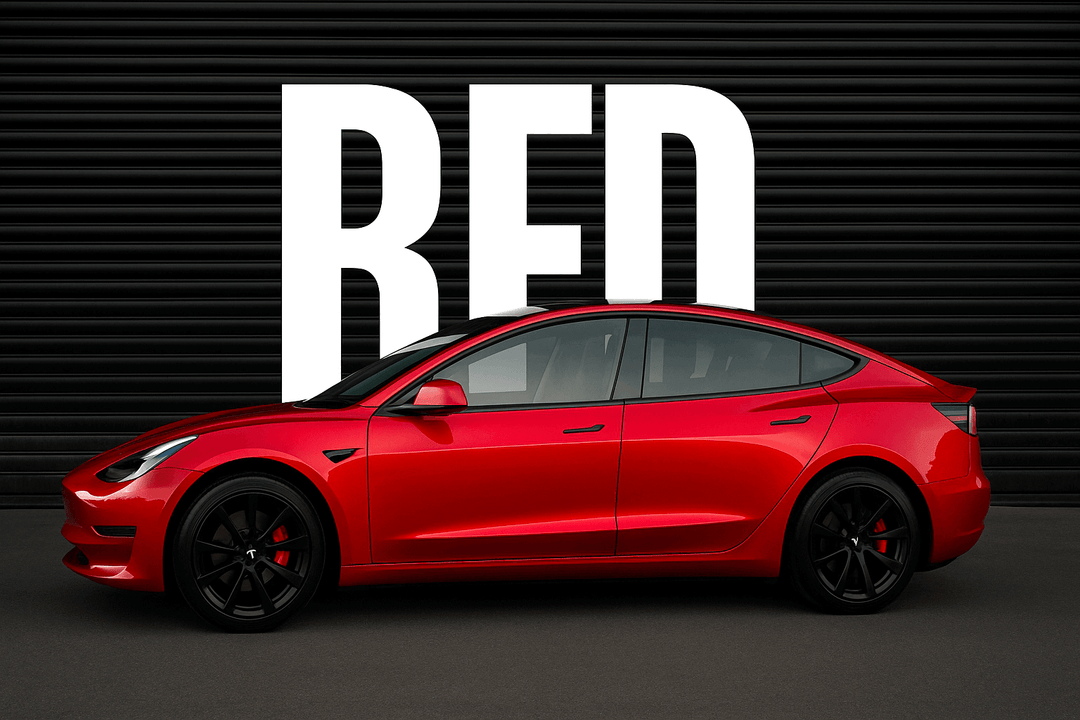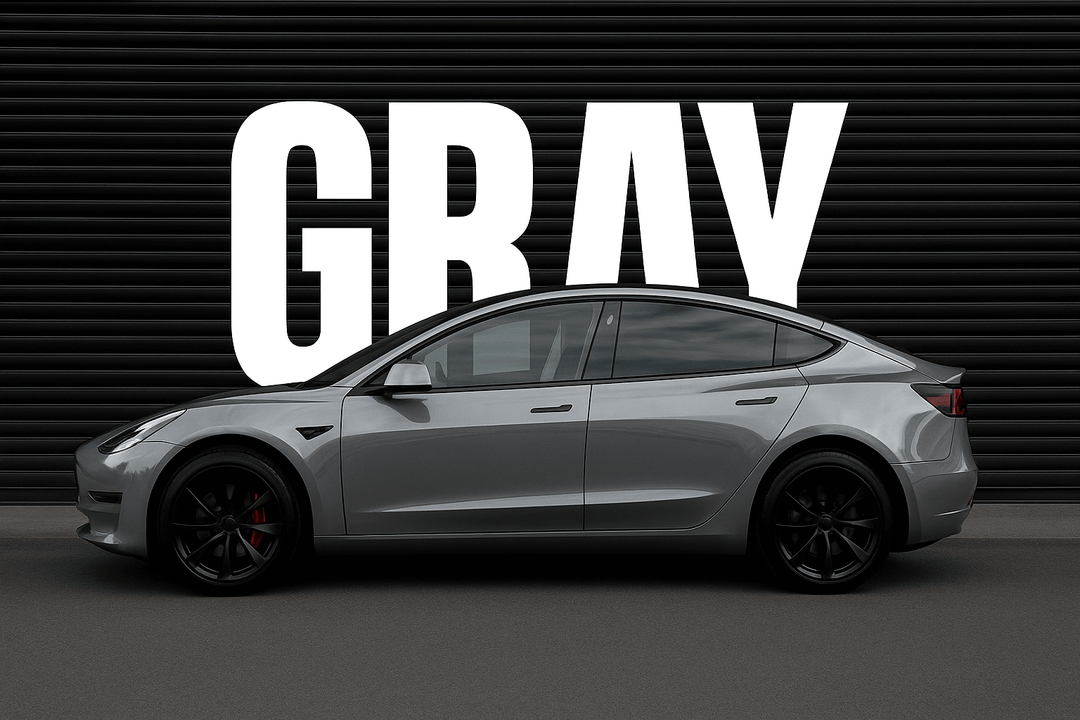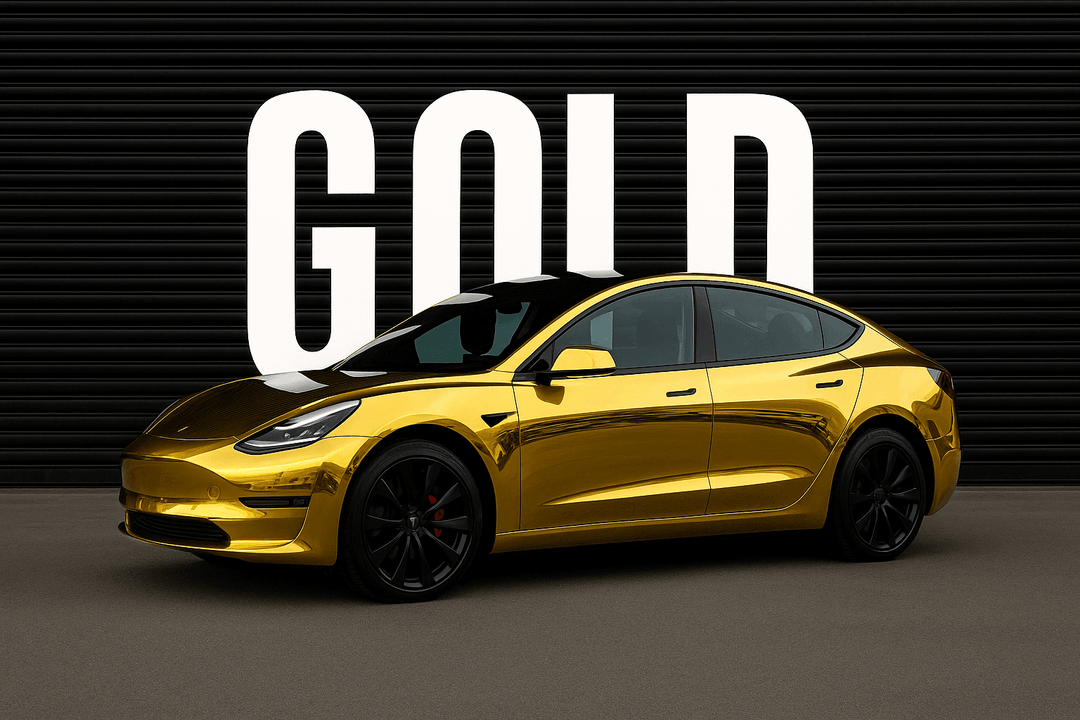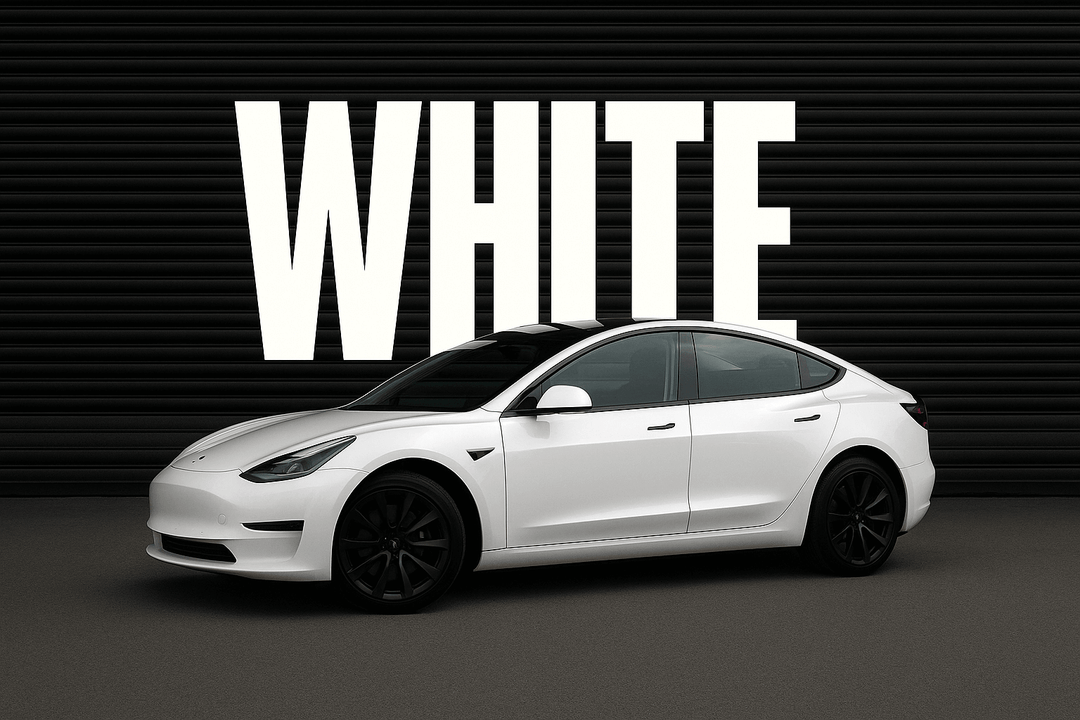Can You Wrap A Car with Damaged Paint?
No, you can not wrap a car with damaged paint. In most cases, it’s best to apply a vinyl wrap to a vehicle with a smooth, intact paint surface. Damaged paint—whether it’s peeling, cracked, or rusted—can interfere with the wrap’s adhesion and overall appearance. While minor imperfections might be covered, significant damage can lead to bubbling, lifting, and a less durable finish. For the best results, it’s always wise to repair any damage before proceeding with a vehicle wrap.
A vehicle wrap is a large, vinyl film that is applied to the exterior of a car, truck, or other vehicle. It’s designed to cover the entire surface, transforming the look of the vehicle without the need for a permanent paint job. Vehicle wraps come in a variety of colors, finishes, and designs, and they can even feature custom graphics or logos.
The wrap works by adhering to the vehicle’s surface using a special adhesive. Once applied, it’s stretched over the body of the car and smoothed out to eliminate bubbles and wrinkles. The wrap can last several years, depending on the quality of the material and how well it’s applied.
However, the success of a vehicle wrap depends heavily on the condition of the surface it’s being applied to. A smooth, clean, and well-maintained paint job allows for better adhesion and a more flawless finish. On the other hand, poor-quality or damaged paint—such as cracks, peeling, or rust—can affect how well the wrap sticks and how long it will stay in place. If the surface isn't properly prepared, the wrap may not adhere correctly, leading to premature wear, peeling, or uneven coverage.
4 Types of Paint Damage That Are Not Suitable for Vinyl Wraps
Deep Paint Scratches
Any deep scratches, chips, or cracks in your vehicle's paint are problematic when vinyl wrapping. These imperfections will become more noticeable once the wrap is applied, as the vinyl will highlight the damaged areas instead of concealing them. Additionally, removing a vinyl wrap from a surface with deep scratches may pull off more paint, making the damage even worse.
Aftermarket Paint Jobs with Orange Peel Texture
Aftermarket paint jobs with an orange peel texture, where the surface appears bumpy or uneven, are not ideal for vinyl wraps. This texture cannot be fully hidden by the vinyl, and it can make the wrap appear less professional. If your vehicle has this kind of paint, before wrapping have it professionally smoothed out or resprayed.
Rusted or Oxidized Metal
Vehicles with rusted or oxidized metal are unsuitable for vinyl wraps because the rust can interfere with the adhesive properties of the wrap. Rust particles may stick to the vinyl, causing the wrap to lift, bubble, or peel prematurely. While minor rust can sometimes be repaired, extensive rust damage requires major repairs to ensure that the surface is smooth and stable enough for a wrap to adhere properly.
Peeling Clear Coat
A peeling clear coat is another issue that can impact the success of a vinyl wrap. The clear coat is the top layer of your car’s paint that protects it from environmental damage, but when it starts to peel, it can cause the vinyl wrap to bubble or lift. Moreover, attempting to remove the wrap from a peeling surface may lead to further damage. For a successful and durable wrap, ensure the clear coat is intact and in good condition before proceeding.
Wrapping a Damaged Paint Vehicle: Pre-Wrap Preparation
1. Clean and Smooth the Surface
Before applying a vinyl wrap to a damaged paint surface, it’s essential to thoroughly clean and prepare the vehicle. Start by washing the car to remove dirt, grease, and other contaminants that could interfere with the wrap’s adhesion. Next, any small scratches or imperfections should be smoothed out, which may involve light sanding or filling in cracks. For minor dents or dings, body filler can be used to create a smooth, even surface. The smoother and cleaner the surface, the better the wrap will adhere, ensuring a longer-lasting and more professional finish.
2. Fixing Rust and Peeling Paint
If your vehicle has rust or peeling paint, it's crucial to address these issues before wrapping. Rust can spread and affect the adhesion of the wrap while peeling paint will only worsen once the vinyl is applied. For minor rust patches, sanding and priming may help, but for more extensive rust or peeling paint, professional repair is recommended. Treat the rust, resurface the metal, and ensure the area is smooth and stable for the wrap to adhere correctly.
3. Potential Need for Respray
If the paint damage is too severe—such as widespread rust, deep scratches, or significant peeling—a full respray might be necessary before applying a vinyl wrap. Respraying the car ensures a smooth, even surface that is more conducive to the wrap’s adhesion. While wrapping over poor-quality paint may initially seem like a quicker solution, it can lead to complications down the road, such as poor wrap performance or premature wear.
FAQs About Damaged Car Paint Wrapping
Will a vinyl wrap cover scratches and dents on my car?
Vinyl wraps can hide minor scratches and dents, but deep scratches or large dents should be fixed before applying a wrap. Deep imperfections may cause the wrap to adhere unevenly or highlight the damage.
Is it okay to wrap over rust?
Rust can significantly affect the performance of a vinyl wrap. The rust will prevent the wrap from adhering properly and may cause it to peel or lift prematurely. For minor rust, consider sanding and priming the affected areas. However, extensive rust damage may require professional repair or respraying before applying a wrap.
How do I prepare my car for a wrap if the paint is damaged?
First, clean your car thoroughly to remove dirt, grease, and contaminants. Then, smooth out any small imperfections, such as scratches or chips, using sandpaper or body filler. If the paint is heavily damaged with rust or peeling, you may need to repair the areas or respray the car before wrapping.
What happens if I apply a vinyl wrap over damaged paint?
Applying a vinyl wrap over damaged paint can result in poor adhesion, bubbles, and lifting over time. The wrap may also not look as smooth or professional, as the imperfections in the paint will show through.
How long will a vinyl wrap last on a damaged paint surface?
A vinyl wrap applied to a surface with significant paint damage is likely to have a shorter lifespan. The wrap may not adhere properly, leading to premature peeling and fading.
Can I wrap a car with faded paint?
Faded paint doesn’t always require full respraying, but it can impact the adhesion of a vinyl wrap. If the paint is severely faded or worn, it’s recommended to address the surface by sanding and smoothing it out, or consider respraying before applying the wrap. This will ensure a smoother and more durable finish.
Is it possible to remove a vinyl wrap from damaged paint?
Removing a vinyl wrap from damaged paint may cause further damage, such as peeling or removing the surrounding paint. If the paint is already in poor condition, it’s essential to repair the damaged areas before wrapping, so you avoid additional damage during removal.
Related Articles


